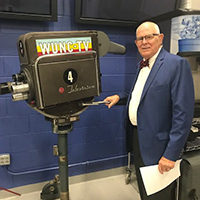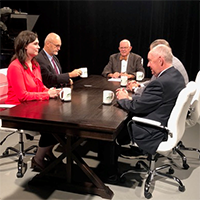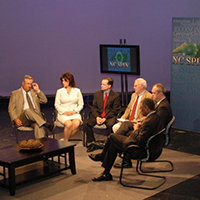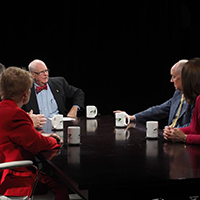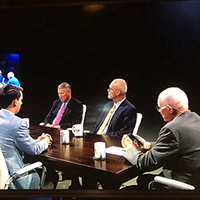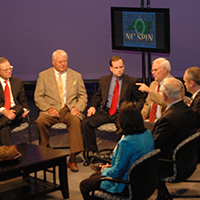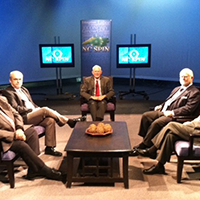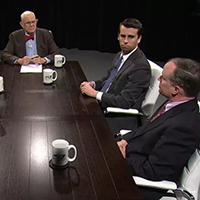Finding a gas tax that works
Published February 15, 2015
Editorial by Wilmington Star-News, February 14, 2015.
Naturally, the spin started immediately. No sooner had Senate Republicans announced a plan to change how the gas tax is funded that it was being sold as a tax cut. Democrats, who were in charge years ago when the tax was put in place to fund road needs, are calling it an increase. The truth is more nuanced.
A bill that sailed through the state Senate would initially cut the state's 37.5-cent gas tax by 2.5 cents per gallon. But under the current formula, the tax would drop to 30 cents, an even deeper cut in transportation funds.
Senate leaders understand the consequence of that happening: less money to pay for an ever-increasing list of road construction and other transportation needs. What the Honorables are selling is a smaller, temporary tax cut. The bill would stabilize the gas tax rate and the revenues that still represent the largest source of state funding for roads.
Democrats are right, however, that the new formula could increase the gas tax to 41 cents per gallon in the coming years – and would squeeze the wallets of middle-class and lower-income families to the tune of $1.2 billion over four years, opponents say. But the General Assembly has yet to come up with a fair method to replace or, preferably, supplement it. The bill would also require laying off 500 Department of Transportation workers, which would be counterproductive to road-building efforts.
The gas tax has been called a regressive tax that disproportionately hurts lower-income people, because it takes a larger share of their income than from a person of greater means. Similarly, sales taxes, highway use taxes and taxes based on the number of vehicle miles traveled annually (VMT) would have that same impact.
On the plus side, it provides a means for nonresidents to share some of our transportation costs. But an increase in fuel-efficient cars, hybrids and the tendency of drivers to change their habits if gasoline prices rise make it imperative that the state diversify its transportation revenues.
North Carolinians all depend on good roads, no matter how much they may drive individually. So do the companies that rely on our highways, rails, airports and ports to move their goods to market. We all have to pay.
The state has been battling for years to find a formula that works. Gov. Pat McCrory has proposed a $1.2 billion transportation bond issue that could jump-start some high-priority projects, but it will take much more than a one-time injection of money to whittle down the long list of needs.
A recent report commissioned by the N.C. Chamber contained a number of potential continuing revenue sources, including a fee on trucking, tolls, the VMT tax and an increase in the highway use tax paid when cars are first registered in North Carolina.
The trucking fee and tolls, like the gas tax, would apply to out-of-state drivers who use our roads. But North Carolinians will also have to pay for improvements that are critical to economic development. The Honorables must find a way to both pay for new roads and to share the burden equitably.
A more predictable gas tax is a start. Now it's time to get to work on other alternatives.
http://www.starnewsonline.com/article/20150214/ARTICLES/150219820/1108/editorial?template=printart
February 15, 2015 at 1:55 pm
Richard Bunce says:
When did progressivity become a requirement for user fees?
February 17, 2015 at 8:42 pm
Donald Byrd says:
I have a idea. The weigh station on I40/I85 outside of Goldsboro could be staffed more and probably find more issues on large trucks, which would led to fees and more money for the state.
